We are excited to bring you some significant updates regarding the end-of-life timeline for Drupal 7. In our previous announcement, we mentioned an extension until November 1, 2023. However, we are thrilled to inform you that the final date for Drupal 7’s end of life has been further extended to January 5, 2025!
This extended timeline allows the Drupal Security Team to make necessary adjustments to the level of support offered. As your trusted Drupal partner, we are committed to assisting you throughout this transition. Nevertheless, it’s important to note that this will be the last extension, underscoring the importance of carefully planning your migration strategy.
What we happen to your website once Drupal 7 reaches end of line?
Expose you to security risks
Continuing to use Drupal 7 after its end of life exposes your site to significant security risks. The Drupal security team will no longer provide updates and patches, leaving your site vulnerable to known and potential security vulnerabilities. In fact, critical vulnerabilities that remain unresolved may even be publicly disclosed, further increasing the risk to your site. Moreover, end-of-life software often relies on outdated components that lack necessary security measures, further amplifying the potential risks.
Limit your reach and partnerships
Running an insecure Drupal 7 site can have negative consequences for your reach and partnerships. Security vulnerability scanners are likely to flag your site as insecure, eroding trust and credibility. Many large enterprises have strict policies against using end-of-life software internally, and compliance with security frameworks such as FedRAMP and FISMA explicitly prohibits the use of end-of-life software. By sticking with Drupal 7, you may be limiting your opportunities to collaborate and form partnerships with organisations that prioritise security.
Limited support and opportunities
Following Drupal 7’s end of life, Drupal.org will no longer provide support for tasks related to Drupal 7, including documentation, navigation, automated testing, and packaging. This lack of support can make it challenging to maintain and enhance your Drupal 7 site effectively. Furthermore, without access to the latest features and functionalities introduced in newer versions of Drupal, your site may become less valuable to your audience over time, potentially limiting your growth and opportunities in the digital landscape.
What to do once Drupal 7 reaches end of line?
Consider migrating to Drupal 10, the latest major version of Drupal that presents an impressive range of features to empower you in building a flexible, engaging, and secure website. We are particularly thrilled about the opportunities it offers, such as content editing with CKEditor 5 and seamless automatic updates. These features combined contribute to an enhanced website-building experience, ensuring you can create a dynamic and user-friendly online presence.
How can we help?
Our experience tell us that every website is unique, and navigating the options for transitioning away from Drupal 7 can be a daunting task. At Give the Dog a Bone, we possess vast expertise in conducting site audits and migrations. You can rely on our background and knowledge to guide you through this process, ensuring a smooth and successful transition to Drupal 10 or a suitable alternative if required.

